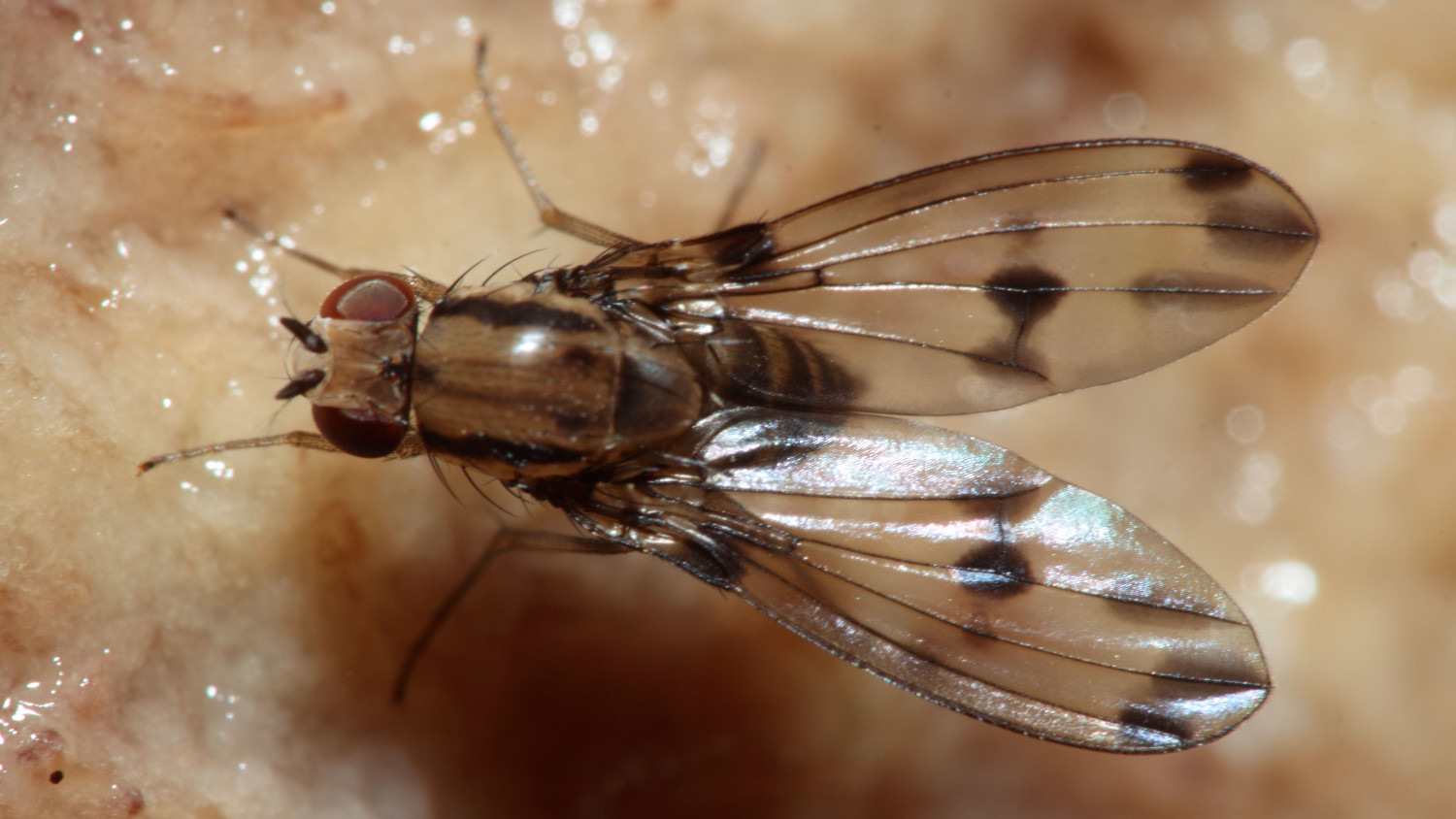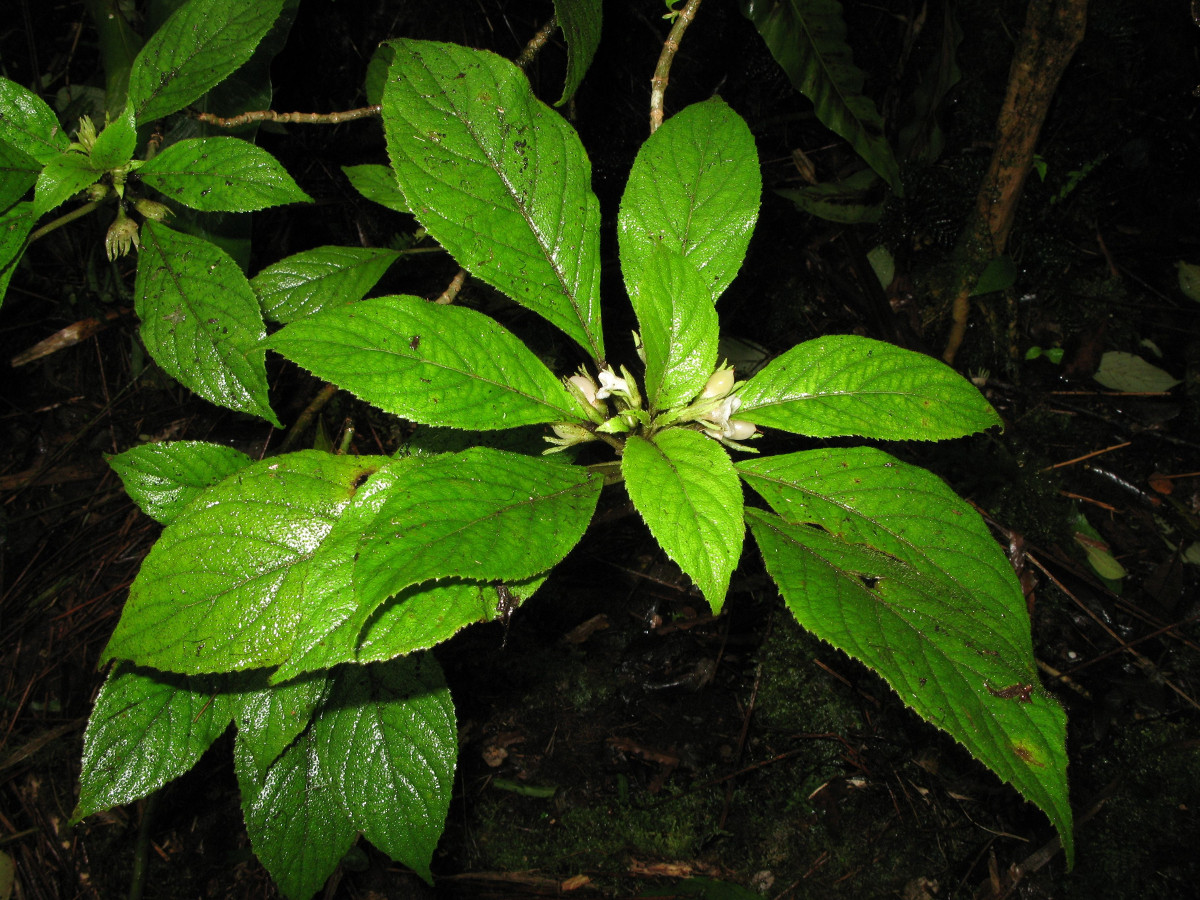(BIVN) – The Center for Biological Diversity has filed a lawsuit to protect habitat for 14 imperiled Hawaiʻi Island species.
According to the October 28 lawsuit, the U.S. Fish and Wildlife Service six years ago listed 15 species from the island of Hawai‘i as endangered, including 13 plants and 2 animals: Bidens hillebrandiana ssp. Hillebrandiana (ko‘oko‘olau); Bidens micrantha ssp. Ctenophylla (ko‘oko‘olau); Cyanea marksii (hāhā); Cyanea tritomantha (‘aku); Cyrtandra nanawaleensis (ha‘iwale); Cyrtandra wagneri (ha‘iwale); Phyllostegia floribunda; Pittosporum hawaiiense (hō‘awa and hā‘awa); Platydesma remyi; Pritchardia lanigera (lo‘ulu); Schiedea diffusa ssp. Macraei; Schiedea hawaiiensis; Stenogyne cranwelliae; Drosophila digressa (picture-wing fly); and Vetericaris chaceorum (anchialine pool shrimp).
It also recognized a taxonomic change for Mezoneuron kavaiense (‘uhi ‘uhi), which had been formerly listed as Caesalpinia kavaiense.
The lawsuit says that although a species must be designated critical habitat concurrently with the federal listing, to date, the Service has designated critical habitat for only two of the above listed Hawai‘i Island species, Bidens micrantha ssp. Ctenophylla and Mezoneuron kavaiense.
The Center for Biological Diversity, a national, nonprofit conservation organization dedicated to the protection of endangered species and wild places, issued this media release on Monday:
The Center for Biological Diversity today sued the Trump administration for failing to protect critical habitat for 14 endangered Hawaiian species.
The rare wildlife involved include 12 plants, one anchialine pool shrimp and 1 picture-wing fly. These species, such as the ko‘oko‘olau and hāhā, are highly vulnerable to extinction due to their small population size and desperately need protected habitat. They are at immediate risk from agriculture and urbanization, invasive species, wildfire, erosion, natural disasters, sedimentation and climate change.
“These special species are found nowhere else besides Hawaii Island, so if they disappear from here they’ll be lost forever,” said Maxx Phillips, the Center’s Hawaii director. “Anchialine pool shrimp and the rest of this group needed habitat protection years ago, but they’re not getting it from the anti-wildlife Trump administration.”
In 2013 the U.S. Fish and Wildlife Service listed 15 plant and animal species in Hawaii as endangered. The Endangered Species Act requires the Service to designate critical habitat for any endangered species, yet so far the agency has only designated critical habitat for one of these species. The delay deprives these endangered plants and animals of protection to which they’re legally entitled and leaves them at increased risk of extinction.
“Species with designated critical habitat are more than twice as likely to be in recovery as those without it,” Maxx said. “To ensure these special plants and animals are around for generations to come, we must protect the places where they live.”
Listing a species as endangered is the first step in ensuring its survival and recovery. Critical habitat protections would prohibit federal actions that would destroy or harm such habitat and help preserve what remains of these species’ limited native range.



by Big Island Video News7:19 am
on at
STORY SUMMARY
HAWAIʻI ISLAND - The Center for Biological Diversity says safeguards are needed to protect wildlife devastated by habitat destruction.